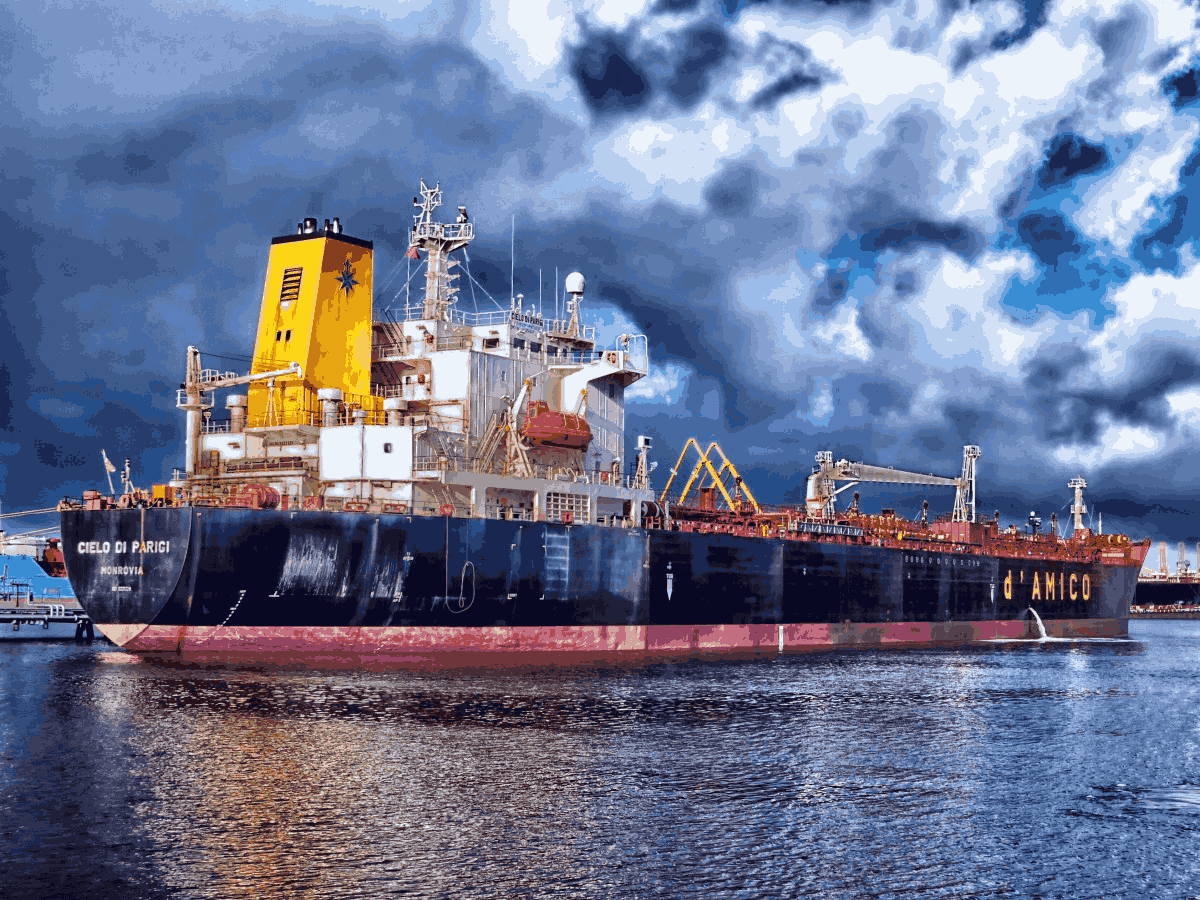The Role of Human Factors in PSC Performance
Port State Control (PSC) inspections are critical for ensuring maritime safety and compliance with international regulations. While technical standards and procedures often take center stage, the undeniable role of human factors in influencing PSC performance cannot be overlooked. For ship crews, understanding and addressing human elements is key to facilitating efficient inspections, avoiding costly delays, and ensuring overall safety at sea.
This blog takes a deep dive into the significance of human factors in PSC performance. We’ll explore what human factors are, their impact on maritime operations, practical applications, and how crews can adapt to emerging trends in this field. By the end, you’ll have actionable insights into creating a safer and more efficient setup for PSC compliance, boosted by effective human factor strategies.
Understanding Human Factors in the Maritime Industry
What Are Human Factors?
Human factors refer to the wide range of elements that influence human behavior, decision-making, and performance. These may include psychological, physical, social, and organizational factors.
For example, crew fatigue due to insufficient rest periods or communication breakdowns among team members can directly impact their ability to perform duties effectively, leading to potential non-compliance during PSC inspections.
Key human factors in the maritime industry include:
- Situational Awareness: The ability of crew members to perceive, understand, and respond to high-stress operational environments.
- Teamwork and Communication: Effective collaboration and clear communication that minimize errors.
- Training and Competency: Knowledge and skills that ensure preparedness during inspections.
- Stress and Fatigue: Mental and physical strain that can compromise decision-making and execution.
How Do Human Factors Impact Crew Performance and Safety?
Human factors play a dual role—they can either enhance or impede operational performance and safety. A well-equipped and well-rested crew is likely to function cohesively, ensuring compliance and smooth PSC inspections. Conversely, fatigue, inadequate communication, or insufficient training can significantly compromise safety standards and flag non-compliance.
Consider a situation where a crew is unaware of specific PSC protocol or regulatory updates. This oversight can lead to failed inspections and detention of the vessel.
By understanding these human dynamics, ship crews can aim for optimal performance, balancing professionalism with robust care of physical and emotional well-being.
Human Factor Analysis and Its Application to PSC
Best Practices in Addressing Human Factors During PSC Inspections
Addressing human factors requires actively analyzing crew performance and eliminating inefficiencies that could hinder PSC inspections. Some proven best practices include:
- Pre-inspection Communication
Ensure that all crew members are well-informed of the objectives and procedure for PSC inspections. Clear and concise pre-arrival briefings can help anticipate inspectors’ focus areas and set a tone for coordinated performance.
- Definition of Roles
Allocate inspection-related responsibilities to specific crew members based on their expertise to foster accountability and precision in execution.
- Emergency Preparedness Drills
Regularly conduct drills to evaluate and improve the crew’s ability to cooperate and respond during PSC checks. Mock inspections are particularly effective in reducing errors and building confidence.
Case Study Example
A shipping company recently faced challenges with consistent PSC delays due to crew fatigue. They implemented a crew rotation policy to ensure optimal rest for essential personnel. Additionally, they introduced on-board workshops to reinforce key PSC inspection protocols. These measures resulted in faster and more compliant PSC inspections, leading to reduced downtime and improved crew morale.
Such examples underscore the importance of proactive human factors analysis in mitigating compliance risks and enhancing overall efficiency.
Mitigating Human Factor Risks
Recognizing risks doesn’t solve the problem—action does. Below are strategies to address human factor challenges that ship crews face during PSC inspections.
Training and Education
- Enhance Competency Levels
Proper training empowers crew members with the knowledge to master PSC requirements and demonstrates confidence during inspections. Conduct regular workshops, simulations, and seminars tailored towards compliance priorities.
- Foster a Safety-First Culture
Prioritize safety through consistent reinforcement of safe work practices, allowing crew members to view safety and compliance as integral to their routines rather than as obligations.
- Promote Leadership Training
Strong leadership ensures operational clarity, especially in high-pressure situations such as inspections. Encouraging officers to undergo leadership training benefits the crew at all hierarchical levels.
Implementing Technology and Tools
Leverage existing technologies to support human efforts and limit unnecessary strain on your crew. For example:
- Performance Monitoring Systems provide insights into fatigue levels or workload for scheduling adequate rest periods.
- Digital Checklists minimize oversight by ensuring all inspection requirements are adequately accounted for.
- eNavigation Tools ensure that crews consistently have access to updated protocols, reducing compliance-related misunderstandings.
The integration of technology can work hand-in-hand with human expertise, creating a streamlined PSC experience.
The Future of Human Factors in PSC
Emerging Trends and Technologies
The future of human factors in the maritime industry looks promising. New tools and approaches are being developed to minimize human error and optimize efficiency, such as:
- AI-Driven Training Systems
Artificial intelligence is shaping training programs that adapt to individual crew member weaknesses, fostering stronger preparedness during inspections.
- Wearable Technology
Devices like fatigue monitoring bands and real-time communication earpieces promise to revolutionize safety and efficiency during PSC checks.
- Big Data Analysis
Organizations increasingly rely on big data analytics to predict risk scenarios based on past performance, enabling more targeted interventions for human factor challenges.
These trends indicate that the role of human factors will continue to evolve, becoming an even more central aspect of both everyday operations and PSC compliance. Forward-thinking crews and organizations stand to gain the most from these advancements.
Human-Driven Compliance Is the Key to Smooth Sailing
PSC performance is much more than adhering to technical standards—it’s a careful mix of expertise, preparedness, and human efficiency. Addressing human factors with enhanced training, practical tools, and emerging technologies creates a culture that values both safety and compliance.
Remember, the crew’s readiness and cooperation play a pivotal role in turning inspection challenges into opportunities for growth. By focusing on human factor optimization, ship crews can ensure their PSC inspections are faster, smoother, and more compliant than ever before.
Take the next step towards mastering PSC performance by investing in continuous learning and proactive planning—your crew’s efforts can make all the difference.

